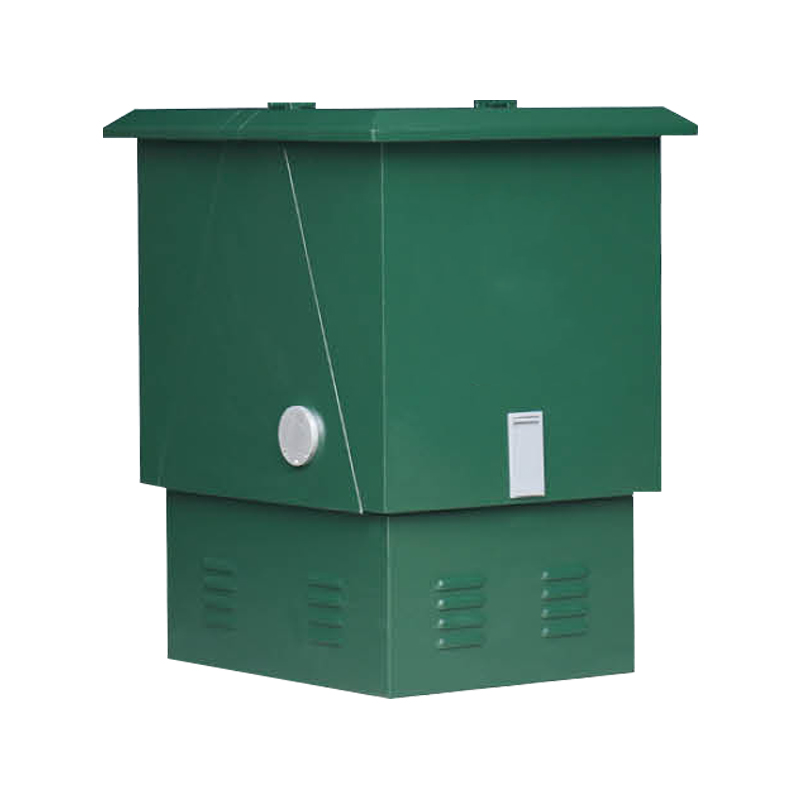Industry News
Key Components of Electric Power Switching Substations
Electric power switching substations are key components in modern electrical power systems. They serve as nodes where electrical energy is routed, controlled, and managed to ensure the safe and reliable distribution of electricity.
Electric power switching substations are key points in the electrical grid that control the flow of electricity. They connect and disconnect circuits using switches and circuit breakers to manage power distribution safely. These substations help isolate faults and support maintenance without altering voltage levels.
The main role of an electric power switching substation is to connect or disconnect transmission lines or feeders within the power grid. By doing so, these substations enable flexible routing of electricity, facilitate maintenance work, and improve system reliability. Switching substations allows operators to isolate faulty sections of the network or reroute power in response to demand changes or emergencies.
Because switching substations do not usually include transformers for voltage transformation, they mainly consist of circuit breakers, disconnectors, busbars, and protection devices. Their configuration allows switching operations to be performed safely and efficiently.
An electric power switching substation typically includes the following key components:
Circuit Breakers: Devices designed to interrupt current flow during faults or overloads. They protect equipment and maintain safety by opening and closing circuits as needed.
Disconnectors (Isolators): Mechanical switches used to isolate parts of the circuit for maintenance or inspection. They ensure that sections of the substation are de-energized and safe to work on.
Busbars: Conductive bars that serve as common connection points for multiple circuits. Busbars enable flexible connection arrangements and power flow control.
Protection Relays: Electrical devices that monitor system conditions and automatically trigger circuit breakers during abnormal events such as short circuits or overloads.
Control Panels: Interfaces used by operators to monitor, control, and automate switching operations remotely or locally.
Switching substations can vary in size and complexity depending on the requirements of the power system. Common layouts include single bus, double bus, ring bus, or breaker-and-a-half configurations. These arrangements determine how circuits are connected to busbars and how switching operations are performed.
The design prioritizes safety, operational flexibility, and ease of maintenance. Equipment is typically arranged to allow quick isolation of faulty sections while small disruption to the rest of the network.
Switching substations plays an essential role in maintaining the stability and reliability of the electrical grid. They support:
Load Management: By rerouting power flows, switching substations help balance loads across the network, preventing overloads.
Fault Isolation: Quick disconnection of faulted sections prevents damage and limits outages.
Maintenance Facilitation: Sections of the grid can be safely disconnected for repair or upgrades without affectingthe overall supply.
Grid Reconfiguration: Switching substations enables flexible operation modes to accommodate changing power generation and consumption patterns.
Safety is a primary concern in switching substations. Equipment is designed to withstand electrical faults and protect personnel. Clear labeling, grounding, and protective barriers contribute to operational safety.
Automation has become more common, with advanced control systems allowing remote monitoring and operation. Automated switching enhances response times and reduces the risk of human error.
Electric power switching substations serve as vital junction points within the electrical grid. Their ability to connect and disconnect circuits safely supports reliable power delivery, operational flexibility, and system maintenance.

Next
Key Components of Commercial Solar Battery Storage Systems
<p><a href="/product/commercial-energy-storage/" target="_blank">Com...
View More- PRODUCTS
- New Energy Power Distribution Equipment
- Box Type Substation
- Cable Branch Box/Switch Station
- High Voltage Switchgear
- Low Voltage Switchgear
- Engineering Vacuum Circuit Breaker
- New Energy Vehicle Floor Charging Pile
- Commercial Energy Storage
- Photovoltaic Complete Box
- High Voltage Arrester
- INFORMATION
-
-
Phone+86-13868788848
+86-13356188725 -
Tel+86-0577-88810567
-
E-mail
-
AddNo. 59, Youyi Road, Xinguang Industrial Zone, Liushi Town, Yueqing City, Zhejiang, China
-
- ENQUIRE WITH US
Photovoltaic Module Manufacturer




 English
English  中文简体
中文简体  русский
русский  Español
Español  عربى
عربى 


